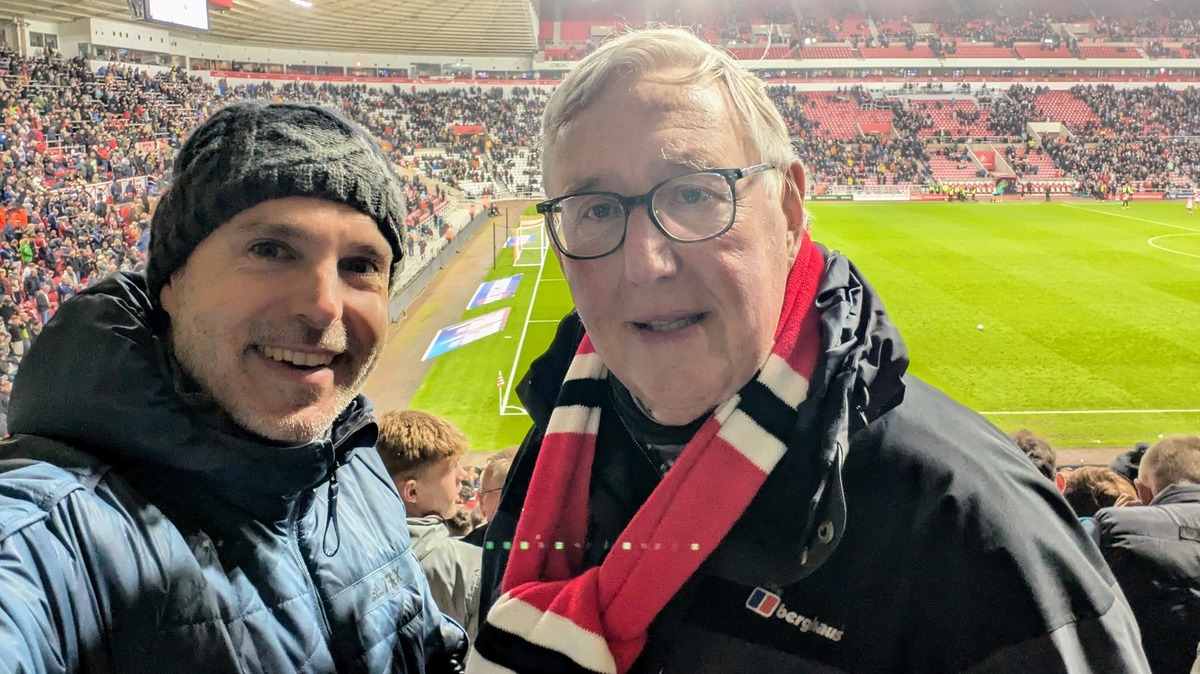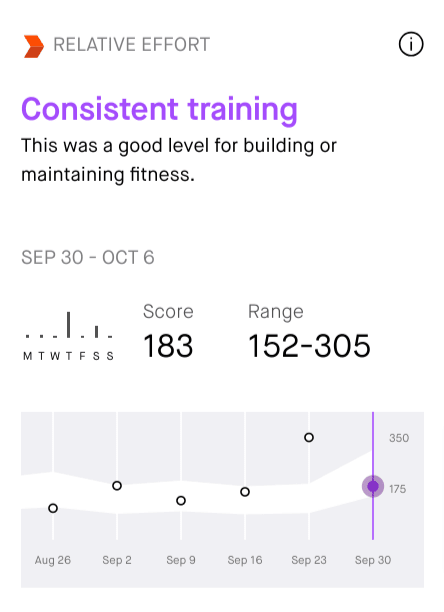Weeknote 41/2024

I’m composing this on my phone while watching Liverpool vs Chelsea on TV. It’s my fourth football match of the day after my daughter’s, my son’s, and then Hull vs Sunderland.
I haven’t really enjoyed this week. It took until about midday Tuesday to get over the effects of my Covid and flu vaccines, then I had four days straight of migraines while my wife was either working in the office or down at the other end of the country at a funeral.
It’s almost the end of the month of Vendémiaire on the French Republican calendar, which given how climate change has messed with the seasons, is as good a one to use as any. I think the reason this time of the year kicks my ass is that it’s very obvious that we shouldn’t be on British Summer Time any more. Roll on next weekend.
It was my wife’s birthday on Monday, so this was a four-day work week. WAO finalised the JFF/IRC evaluation report that I’ve mentioned in previous weeknotes, sent the Skills Development Scotland proposal that I’ve also mentioned a few times, and did some research for the Friends of the Earth AI sustainability principles project (which now has an overview page).
With Bryan Mathers, I planned work on a second N-TUTORR workshop on creating a badging policy for Irish universities. WAO has some upcoming N-TUTORR funded work around creating a horizon report, but weren’t able to start it last week for various reasons out of our control.
I continued to do some work around my Project Studio idea for putting into practice some of what I’ve learned so far in my MSc in Systems Thinking modules. I received some great feedback from peers during the session on Wednesday evening that perhaps, while what I was planning was interesting, perhaps it wasn’t particularly creatively inspiring for me?
I’ll try, but I’m not sure if I’ll be able to finish the project. I’m around next week, but then in subsequent weeks I’m up in Scotland for a family wedding, and then in Paris for ePIC 2024.
Yesterday, I supervised my son driving an hour each way so that my daughter could play game in Stockton. During that hard-fought cup match, she received her first-ever yellow card and was hit in the head with the ball three times so hard that we think she has a mild concussion. They ended up winning on penalties.
Today, she shouldn’t really have played in the wind and the rain, but insisted that she was OK. We should have followed the Football Association’s concussion guidelines, as she wasn’t her usual self. I feel a bit bad about that, but we’re going to keep her off tomorrow, as she would have been representing the school at a football tournament.
My son played fantastically in his basketball game yesterday, shooting three baskets and assisting many in a game his team won easily. His football team also won today, meaning that’s another winning weekend for him. He’s also got the personal statement written for his university application form, so he’s doing well at the moment.
Next week, I need to present the JFF/IRC project, make progress with the Friends of the Earth one, run the second N-TUTORR workshop, and scope out the horizon-scanning report. I also need to get my presentation and workshop for ePIC sorted. Oh, and we’ve also got a co-op planning half-day to squeeze in.
My son’s got a second attempt at passing his driving test, I won’t have to drive my daughter to so many places due to her concussion, and I’m hoping to get back to running more than 25km/week.
Photo: The beach at Low Newton-by-the-Sea, looking towards Dunstanburgh Castle, taken by me on Monday.



